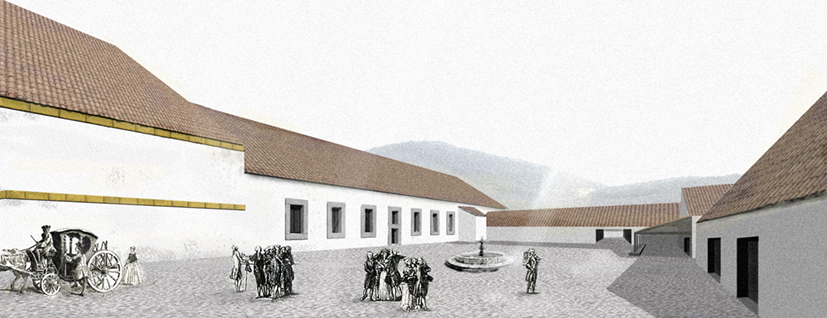
Reconstructing the ruined industrial heritage associated with livestock transhumance: shearing buildings in the province of Segovia (Spain).
Abstract
Shearing buildings constitute a unique and singular industrial typology in Spain, built mainly during the 18th century, and designated to shear the numerous flocks of Merino sheep (20.000 per owner in 15-20 days). Although, it also had the function of housing all the workers and transhumant shepherds, as well as its noble and rich owners in a great palace perfectly equipped. Unfortunately, after the Peninsular War (1808-1814) these buildings were doomed to abandonment and consequently to their dismantling, plundering or disappearance. The objective of the research is the graphic and architectural reconstruction of these buildings as support for the recovery and conservation of this rich heritage that is currently ruined. For this reason, this article aims to disseminate the methodology applied during this process, in which I have rebuilt most of the surviving buildings. A process based on the study of historical cartography and photogrammetry, the fieldwork and survey, the search in historical archives, and finally on the graphic reconstruction of the buildings according to the documentation found and the integrity of the ruins. To show it, I have used various methods of graphic representation in architecture: freehand sketch (worked on photographs of the place taken during the fieldwork), dihedral and axonometric systems, and 3d modeling through renders and photomontages. All of it allows us to understand the complete building, its details, and the spatial and material qualities of the different spaces.
DOI: https://doi.org/10.20365/disegnarecon.27.2021.8
Keywords
Full Text:
PDFRefbacks
- There are currently no refbacks.
Copyright (c) 2021 Gutiérrez Pérez
DISEGNARECON
ISSN 1828 5961
Registration at L'Aquila Law Court no 3/15 on 29th June, 2015.
Indexed in SCOPUS. Diamond Open Access. All papers are subjected to double blind peer review process by qualified reviewers.
Journal founded by Roberto Mingucci
